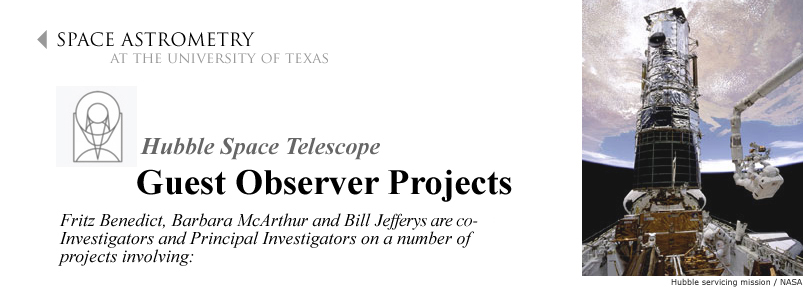

What do I need to see a meteor shower? May 16: Total Lunar Eclipse 16 May Use our handy Interactive Meteor Shower Sky Map to increase your chances of seeing shooting stars from the Eta Aquarids. What's on the far side of the Moon? May 5/6: Eta Aquarid Meteors 5 May What is a Black Moon? May 3/4: Earthshine Nights 3 May The second New Moon in single calendar month is known as a Black Moon. Never look directly at the Sun! April 30: New Moon / Black Moon 30 Apr The first eclipse of 2022 is a partial solar eclipse visible from southern South America, parts of Antarctica, and over the Pacific and Atlantic Oceans. What's on the far side of the Moon? Apr 29: Mercury at Greatest Elongation East 29 Aprįind Mercury with our Interactive Night Sky Map April 30: Partial Solar Eclipse 30 Apr

What is a meteor shower? April 26/27: Earthshine Nights 26 Apr The Lyrid meteor shower is expected to peak around April 22 and 23, depending on your location.
#End of the world astrometry full
Traditional Full Moon names April 22/23: Lyrid Meteor Shower 22 Apr What's on the far side of the Moon? April 16: Pink Moon 16 AprĪpril's Full Moon is traditionally known as the Pink Full Moon. The Waxing and Waning Crescent Moon phases in April and May are the best time to see earthshine, where the unlit part of the Moon becomes visible. Take advantage of a dark night sky to see the planets.Ĭan you see a New Moon? April 4/5: Earthshine Nights 4 Apr Led by Astronomers Without Borders, a non-profit organization, the month-long event encourages people to share the sky. We’re proud to support Global Astronomy Month. Venus shines brightly as the “morning star,” appearing at its farthest distance from the Sun.įind Venus with our Interactive Night Sky Map April 1: Global Astronomy Month 1 Apr Solstice & equinox times worldwide Mar 20: Venus at Greatest Elongation West 20 Mar The March equinox is the first day of spring in the Northern Hemisphere and the start of fall in the Southern Hemisphere, by astronomical definitions. The Full Moon in March is traditionally called Worm Moon, after earthworms that tend to appear around this time in many locations in the Northern Hemisphere. This might be a good time to try and spot Mercury: the planet appears at its farthest distance from the Sun in the morning sky.įind Mercury with our Interactive Night Sky Map March 2: New Moon 2 Marĭark nights a few days before and after the Moon reaches its New Moon phase at 17:34 UTC on March 2 are the best nights to do some night sky watching. Feb 16: Mercury at Greatest Elongation West 16 Feb What is a Black Moon? Feb 16: Snow Moon 16 FEBįebruary's Full Moon is also known as Snow Moon in many Northern Hemisphere cultures.

Take advantage of the New Moon to check out the night sky, weather permitting, of course. The phases of the Moon Feb 1: New Moon 1 FEB A Full Moon occurs when the Sun and the Moon are on opposite sides of the Earth. The first Full Moon of the year is colloquially known as Wolf Moon in many northern cultures. This might be a good time to try and spot Mercury: the planet appears at its farthest distance from the Sun in the evening sky.įind Mercury with our Interactive Night Sky Map Jan 17: Wolf Moon 17 Jan Jan 7: Mercury at Greatest Elongation East 7 Jan What is a meteor shower? Jan 4: Earth's Perihelion 4 JanĪt 06:52 UTC, the Earth will reach its perihelion-the point on its orbit closest to the Sun. The first major meteor shower of 2022, the Quadrantids, peaks on the night of January 3 and early morning hours of January 4. This New Moon takes place close to its perigee, when it's closest to the Earth, making it a Super Moon. The Moon will come between the Sun and the Earth, and the illuminated side of the Moon will face away from the Earth. Jump to: JAN | FEB | MAR | APR | MAY | JUN | JUL | AUG | SEP | OCT | NOV | DEC Astronomical Events in 2022 Jan 2: Super New Moon 2 Jan Business Date to Date (exclude holidays).


 0 kommentar(er)
0 kommentar(er)
